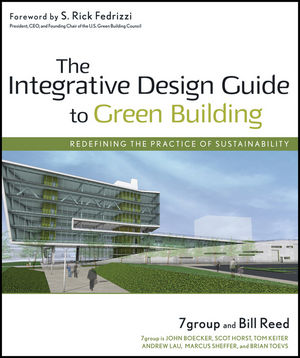Operation
A simplified schematic of a three-phase ATS is shown in the figure here. Two sets of solenoid- or motor-operated contacts are provided. In normal operation, the contacts labeled "N" are closed and the "E" contacts are open, connecting the load terminals to the normal source. When normal power is lost and the emergency source is available, the "N" contacts open and the "E" contacts close, transferring the load to the emergency source. In general, only one set of contacts is closed at a time to prevent connecting the normal and emergency sources.Integral controls sense the loss of normal power (usually the utility) and cause the switch to transfer when the emergency source (usually a standby generator) reaches acceptable voltage and frequency.
Three-phase sensing of normal source volt-age is used to detect undervoltage or phase-loss conditions. When any phase voltage remains outside of an adjustable range for a preset length of time, contacts will close causing the standby generator to run. When acceptable voltage and frequency is sensed on the emergency source terminals, the switch transfers.
Upon return of an acceptable normal source, a time delay is initiated to ensure the source is stable. If voltage remains within the acceptable range for the delay period, usually 15 to 30 sec, the switch retransfers. Any excursion from the acceptable range during this period will reset the timer. If the transfer switch is serving motor loads or elevators, other control functions are required to prevent damaging transients when transferring between two energized sources. We will discuss these features next month.
After retransfer, the engine control contact remains closed and the engine continues to run at no load for a short period of time. This cool-down time delay is adjustable and typically set at 5 min.
Ratings
Like other electrical control equipment, the basic ratings of an ATS are voltage, cur-rent, and short-circuit withstand capability. The voltage rating must equal the system nominal voltage. In most cases, manufacturers do not construct the power components differently for different voltage levels and the contact structure itself is capable of being used at any voltage up to the maximum rating offered. Control circuits, however, are designed to operate at specific terminal voltage and a switch rated for 208/120 V may not be used without modification at 480/277 V even though the contact construction and insulation is identical to that of a switch rated for the higher voltage.The current rating of an ATS is the value that it can carry continuously within its design temperature rise at an ambient of 40°C. If the expected ambient is higher, consult the manufacturer regarding both derating of the switch and the capability of the controls to function properly. The ATS is required by standards to be capable of making and breaking its rated current during transfer.
The short circuit withstand rating of an ATS must equal or exceed the fault current available from the system. Two different ratings are available, depending on test method.
A switch tested with specific fuses or circuit breakers is assigned a rating that applies only when the upstream protective device is of that manufacturer and catalog number. Switches are also tested for a three-cycle (48 millisecond) rating, which applies regardless of the type of upstream protection provided. The latter ratings are typically lower, and thus are preferred for design when the actual upstream device may be unknown.



